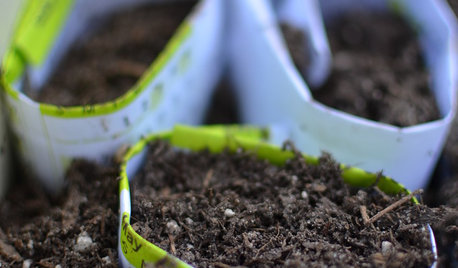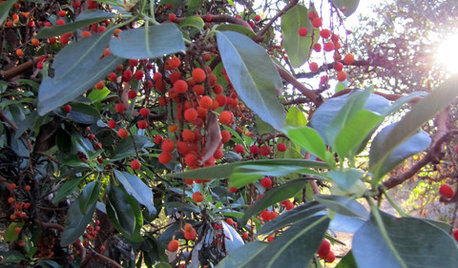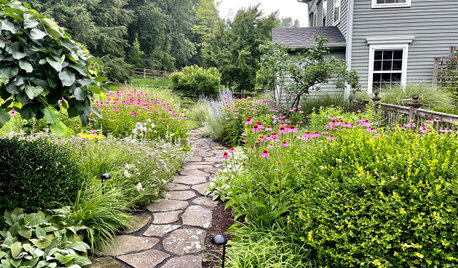Foliar Feeding
jimster
18 years ago
Related Stories

GARDENING GUIDESHow to Keep Your Citrus Trees Well Fed and Healthy
Ripe for some citrus fertilizer know-how? This mini guide will help your lemon, orange and grapefruit trees flourish
Full Story
INSPIRING GARDENSNative Plants Bring 10 Southern California Front-Yard Gardens to Life
Rare plants, rain gardens and wildlife habitats are just a few of the features showcased on the 2016 Theodore Payne Native Plant Garden Tour
Full Story
GARDENING GUIDESTexas Gardener's August Garden Checklist
Here's how to help your garden thrive from the hot, dry month of August through fall
Full Story
GARDENING GUIDESGreat Design Plant: Arbutus Menziesii
This drought-tolerant West Coast native tree thrives with minimal water in difficult garden spots
Full Story
GARDENING GUIDESWhy Your Native Plants Might Be Struggling
Some common issues have simple remedies
Full Story





jimsterOriginal Author
jkirk3279
Related Professionals
Forest Acres Landscape Architects & Landscape Designers · Canton Landscape Contractors · Peabody Landscape Contractors · Wake Forest Landscape Contractors · Cary Landscape Contractors · Fruit Heights Landscape Contractors · Nanuet Landscape Contractors · Pacifica Landscape Contractors · San Carlos Park Landscape Contractors · Goldenrod Landscape Contractors · Suisun City Landscape Contractors · Crystal Lake Decks, Patios & Outdoor Enclosures · Carmel Siding & Exteriors · Framingham Siding & Exteriors · Highlands Ranch Siding & Exteriorssilybum
jimsterOriginal Author
jimsterOriginal Author
jimsterOriginal Author
jimsterOriginal Author
jkirk3279
jimsterOriginal Author
jkirk3279
jimsterOriginal Author
rockymountainchile
jimsterOriginal Author
atillathepun
jimsterOriginal Author
jimsterOriginal Author
jimsterOriginal Author
jimsterOriginal Author
gailnewgarden
bushpoet
duderubble
jimsterOriginal Author
Gardenmama1
BrokenAppleTree
Phaethon
jimsterOriginal Author
LandArc
ruthieg__tx
ddsack
jimsterOriginal Author
atillathepun
marie_in_wa
treponema
vodreaux
jimsterOriginal Author
dilbert
jimsterOriginal Author
digdirt2
billtex
jimsterOriginal Author
protea_king
iamgrowerman
cyrus_gardner
knowboddy
struwwelpeter
albert_135 39.17°N 119.76°W 4695ft.
KatyaKatya
jimsterOriginal Author
jimsterOriginal Author
growneat